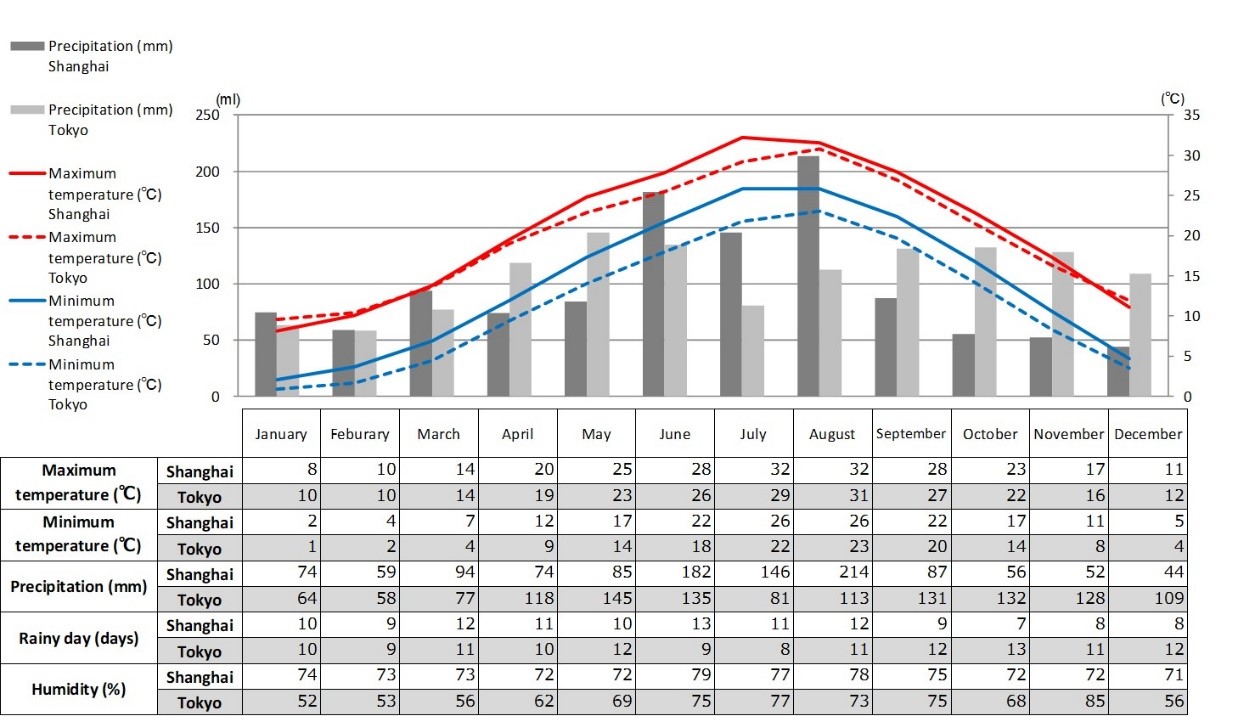[China: World Residence Tour] Living environment with the same income level but with a large gap between areas
- Release date: Oct 26, 2021
- Update date: Sep 09, 2025
- 6879 Views
Amid China's rapid economic growth, it's often said that the development levels of so-called Tier-1 cities like Beijing and Shanghai are on par with developed nations. For residents, while salaries are high, housing costs also become a significant burden. On the other hand, provincial cities offer the advantage that while salaries aren't as high as in Tier-1 cities, housing costs aren't as burdensome either. This time, we'll explore how living environments differ by city even among households in the same high SEC (Socioeconomic Class). Using actual consumers registered in Consumer Life Panorama as examples, we'll focus on the arrangement of furniture and appliances in the living/dining area and bedroom.
Household with a monthly income of 16,000 yuan living in Harbin (Cn_92)
Harbin is the provincial capital of Heilongjiang Province, located in China's Northeast region. This time, as an example of a regional city, we introduce the living conditions of a household in Harbin with a monthly income of 16,000 yuan (approximately 270,000 yen) (Cn_92).
This household consists of a married couple, the husband's mother, and four children living together. The residence is a 3LDK with an area of 105 square meters. This property was purchased in 2019 for 1.2 million yuan (approximately 20 million yen). While this price is relatively affordable for Shanghai housing, it would be sufficient to purchase a residence over 100 square meters in Harbin.
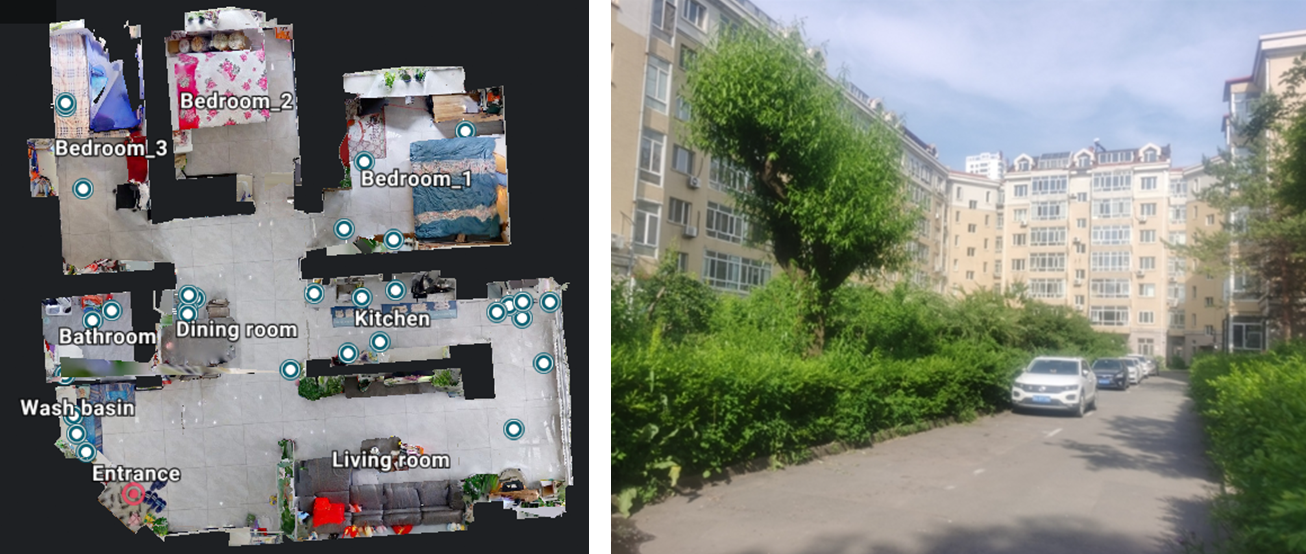
Layout and Exterior of Households in Harbin (Source: Consumer Life Panorama Database)
What is Consumer Life Panorama?
This is a website-type database that has accumulated visual data on more than 1,000 sei-katsu-sha from 18 countries around the world. The database includes many 3D models of living environments and 2D data of items owned by each sei-katsu-sha, and is useful for understanding overseas sei-katsu-sha, which is difficult to grasp using only letters and numbers.
Using visual data such as those cited in this column,
Compare the differences in the attributes of overseas consumers
To get a realistic understanding of the actual usage of each category
To understand the overall lifestyle of target consumers
etc., can be utilized as a “no-go” home visit survey.
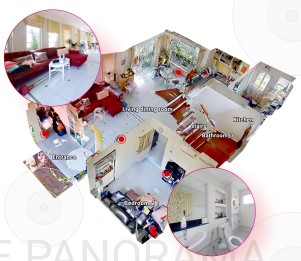
The room is a spacious 100 square meters, ensuring ample space for both the living and dining areas. Furthermore, the interior design throughout the entire room is clearly well-thought-out. The floor is covered entirely in marble, and the furniture is modern and stylish.
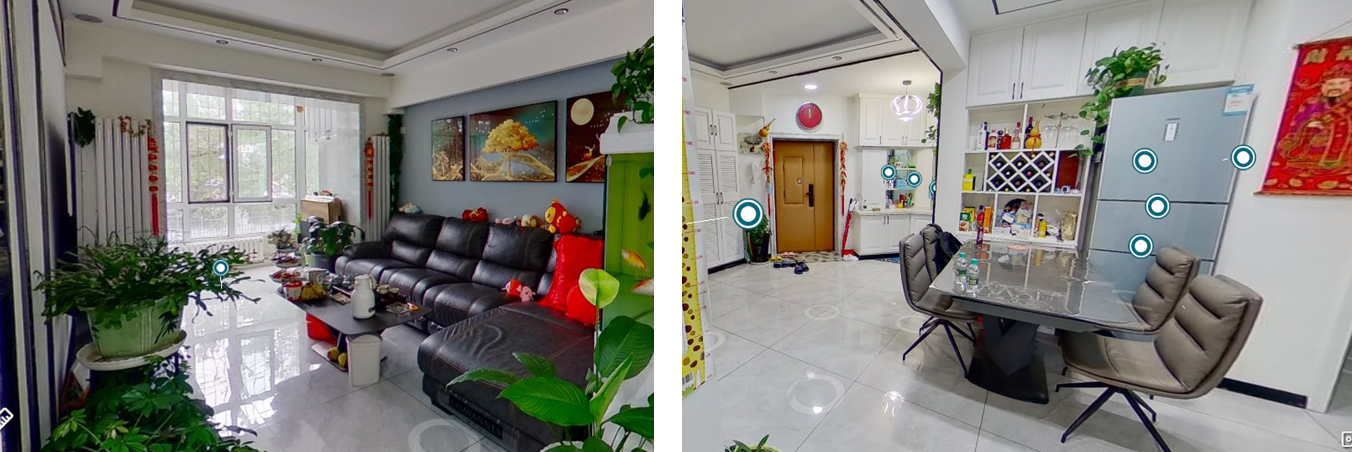
Living room (left) and dining room (right) with ample space
(Source: Consumer Life Panorama)
This home easily accommodates two washing machines. One is a drum-type machine placed on the balcony, while the other is a twin-tub machine located in the bathroom. Not only that, but the rooms also have space for hobby gear and items. A large goldfish tank stands out prominently near the entrance, and the master bedroom has room for fitness equipment even after placing several pieces of furniture.
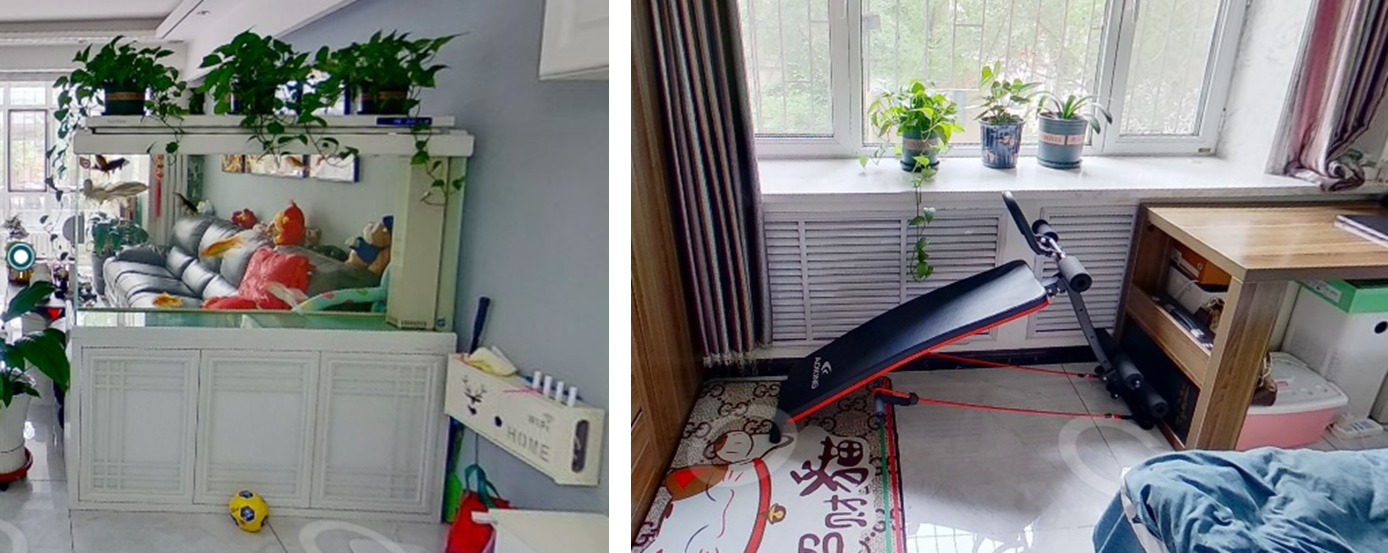
The goldfish tank in the living room (left) and the fitness equipment in the master bedroom (right)
(Source: Consumer Life Panorama)
Households in Shanghai with a monthly income of 20,000 yuan (Cn_24)
The cost of living differs significantly between Shanghai and provincial cities, so households earning the same monthly income have vastly different purchasing power. The household we're introducing here has a monthly income of 20,000 yuan (approximately 340,000 yen). It consists of a couple and their child living in a 52-square-meter 2DK apartment. In Shanghai, even this size often costs two to three times more than a 100-square-meter home in Harbin, and the building is typically older than those in Harbin.
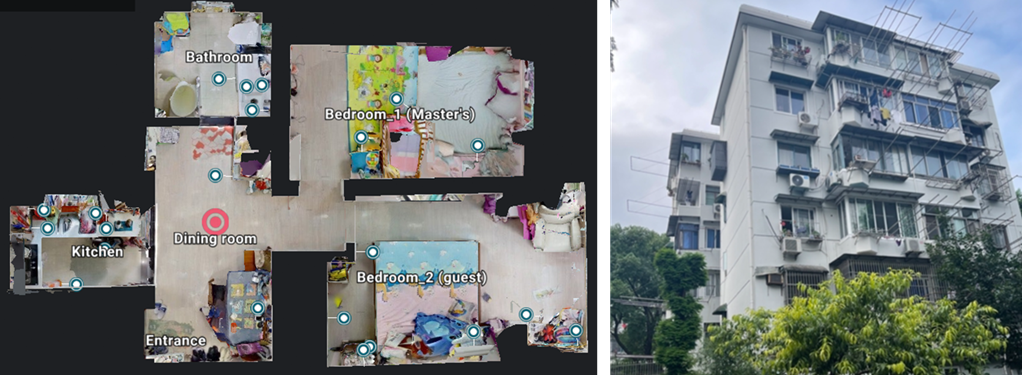
Layout and Exterior of Households Living in Shanghai
(Source: Consumer Life Panorama)
The 52-square-meter residence is compact overall. After placing the refrigerator and dining table in the dining room, there's no space left for a sofa. Compared to the Harbin residence, not only is the table smaller, but it's also placed in a corner to save space.
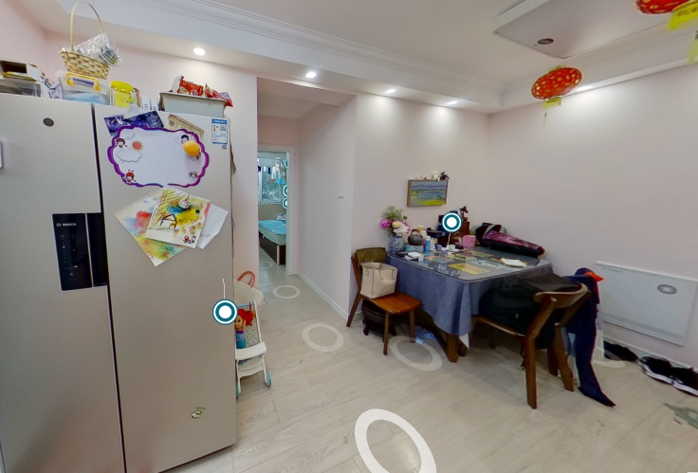
A dining room that can only fit a dining table and refrigerator
(Source: Consumer Life Panorama)
Furthermore, the couple's bedroom features custom-made furniture tailored to the room's dimensions, designed to maximize the use of available space.
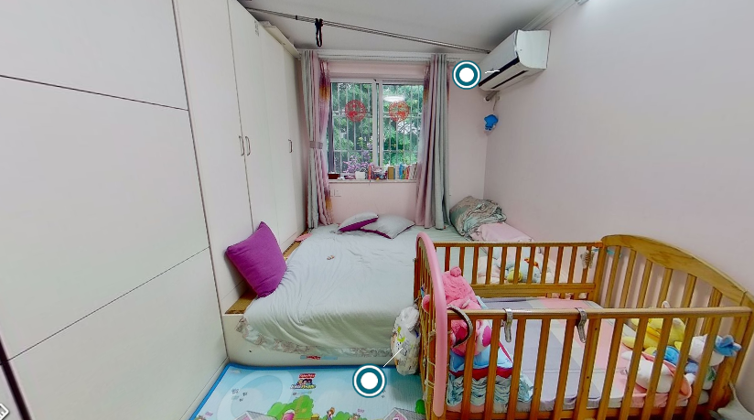
Space-Efficient Bedroom (Source: Consumer Life Panorama)
Summary
Comparing the two households above reveals that even with similar monthly incomes, life in a Tier-1 city and a provincial city can be quite different. In Shanghai, high prices and living costs mean that even at higher prices than provincial cities, living spaces are smaller. Not only that, but the pace of life is faster and competition is fierce, making work and childcare alone demanding enough. Consequently, many people lead lives where they have little time or space for personal hobbies. In contrast, in a provincial city like Harbin, even with the same salary as in Shanghai, the actual disposable income is higher. This allows families to live in more spacious homes than their Shanghai counterparts. The pace of life is not as fast, and competition is not as intense as in Shanghai, providing more time and space for personal hobbies. Which lifestyle would you choose?
-

Author profile
Yang Yan
A Chinese researcher based in Japan, primarily reporting on the realities of overseas consumer lifestyles, with a focus on China. Since my hometown is in a regional city, when I first came to Tokyo, I went through a period of adjustment to the cramped living spaces.
-

Editor profile
Yusuke Tatsuda
Responsible for building the Global Market Surfer website. Living in a cramped apartment in Tokyo (lol).
 Global Market Surfer
Global Market Surfer CLP
CLP


